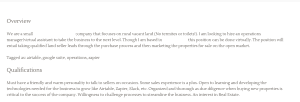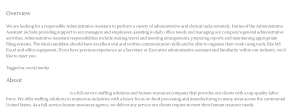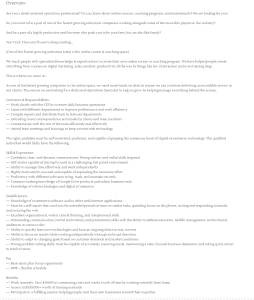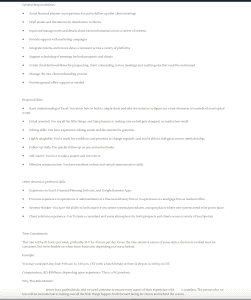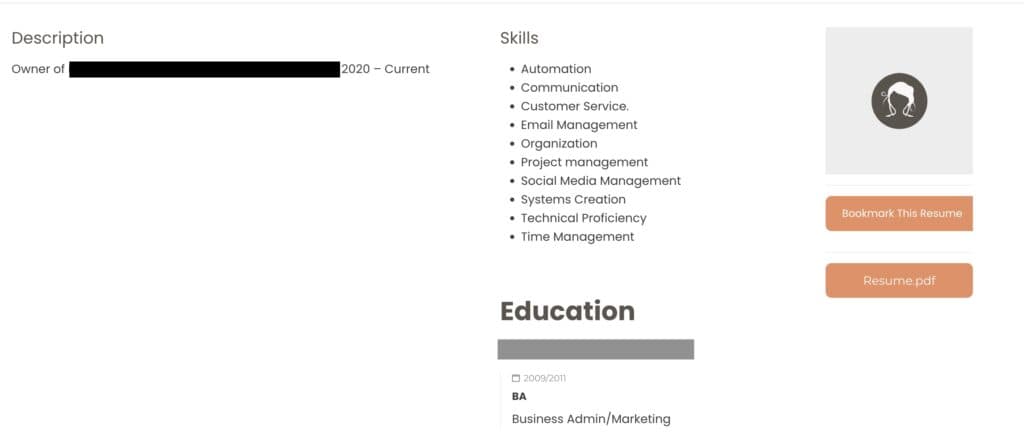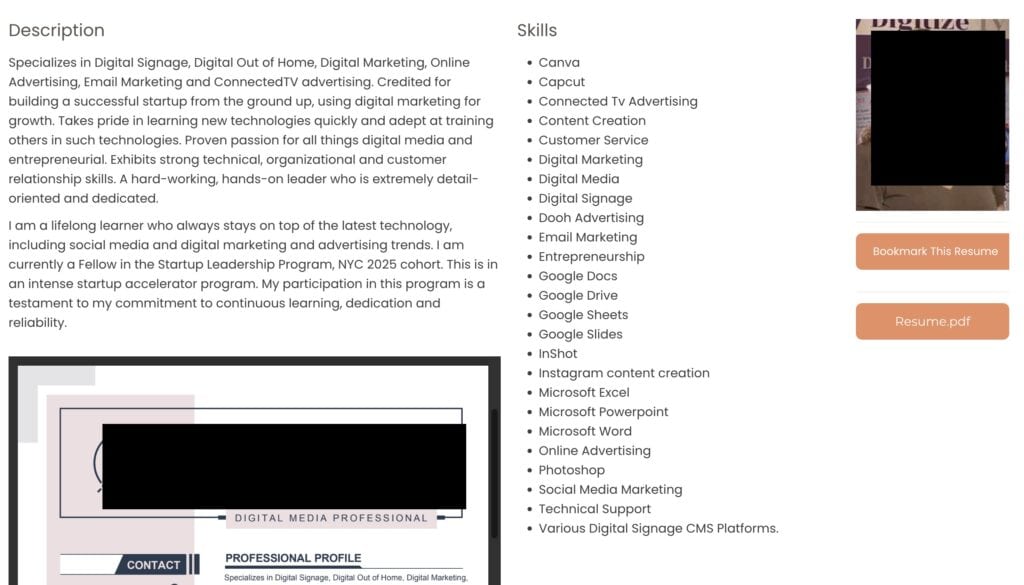The lasting implications of the pandemic and ongoing digital transformations within our working cultures mean that HR managers are dealing with more challenges than ever. Government payouts and forced remote policies are complicating hiring processes, while reimagined trends and new standards for consumer interactions are shaping what employees have come to expect. This leaves us with the decision to lay off employees, reposition them, or hire people with different skill sets.
It’s undeniable that finding talent might get quite expensive and time-consuming. According to Employee Benefit News, employers spend around 33% of a worker’s annual salary during the replacement process. And it takes approximately 24 days to hire someone—not including reviewing resumes to find the best candidates.
Due to the Great Resignation, the talent pool is wider than ever. The crux of the matter is that many of millions of job seekers don’t have enough experience to do the new jobs requiring new skills. Employers are facing a maze of challenges—and they need to find a way out to stay competitive in the market.
I have worked for years to upskill women and help them find flexible work opportunities. But the current work market needs are broader than that. Here’s my take on what you should do to navigate today’s recruitment challenges, only aggravated by the Great Resignation, pandemic, and global competition over talent.
Upskilling and reskilling to optimize employee performance
Transitioning existing employees into new positions is more cost-effective than recruiting. Furthermore, workforce training allows companies to maximize employee potential and workers to keep their jobs by expanding their skills to different areas.
A Gartner report shows that 33% of the skills listed in a typical job posting in 2017 are no longer necessary, and new job posts require 10% more skills than previous years. For instance, collaboration platform management, data engineering, being bilingual, and customer empathy are some of the skills in demand for tech companies.
The first step is to identify what kind of skill sets you need to have to run your business effectively and successfully. Then, you can pinpoint what’s missing and find out whom you need to train to close current gaps. Ultimately, team leaders should outline the roadmap towards growth—employee plans should include goals, training schedules, and a target date for completion.
Second, inspire your employees to join upskilling programs. You might want to avoid employee burnout. Remember that they are already very busy and often feel that they don’t have time to learn new skills. By setting learning time into the workload, you can encourage your employees to improve their skills.
This way, you can have more qualified employees as well as foster loyalty. According to research by IBM, employees are 42% more likely to remain with a company long-term if they received training that helped them perform their work at a higher level.
As an added benefit, upskilling increases employees satisfaction and retention. The statistics are astounding. Companies with a comprehensive training program have a 218% higher income per employee than companies that don’t. They also have a 24% higher profit margin than companies that spend less on this kind of employee development.
Industry giants have already put a significant amount of money into upskilling. For instance, Amazon invested $700 million in training programs. I can hear you saying, ”After all, they have all the money—it’s Amazon.” You also have many options. Encourage knowledge sharing and empower collaborative work in your organization. Workshops can be more informative and inspiring than you might think. Creating a safe zone where constructive criticism and feedback are appreciated will help you point your employees in the right direction.
Take your time to explore platforms like Udemy, edX, or Coursera if you don’t have in-house training opportunities. Besides, some Ivy League universities share their lectures on YouTube. When you have the budget, you can offer to pay a certain percentage of tuition and fees towards a certificate or diploma in qualified fields of study.
Advance recruiter expertise for a better employer brand
According to Glassdoor, 86% of job seekers look at a company’s reviews before applying for a job—your reputation precedes you. But an interview with recruiters is the first personal connection with the company, putting significant responsibilities on recruiters’ shoulders. Not doing the job well means time and money lost as well as employer brand damage.
Make sure that your brand ambassadors—recruiters—represent the company in the best way possible. People say that ‘’The best interviews flow like a conversation rather than an interrogation.’’ It might be true—but it has some issues. You can go off the topic and leave some important questions unanswered. Moreover, being like-minded and having common interests can cloud one’s judgment.
A structured interview helps you be clear about the role, set your expectations and non-negotiables in a candidate, such as skills and traits. This way, it’s more likely that you provide a better candidate experience. Why does it matter? Because 26% of people decline an offer because they had a negative experience during the interview process.
Along with the skill sets, it’s key to identify if the candidate is a cultural fit for the team. In this context, I refer to goals and missions for both employers and employees. Choosing someone who is skilled but not a good match for your team can impact overall performance, success, and even disrupt company culture.
Ask the candidates what type of work environment they are most productive in and what management style motivates them. You can also ask if the candidate has any concerns about your company culture based on their research before the interview. The answers will help you understand what the applicants are looking for.
Lastly, word travels fast. Any negative experience will come back to you as comments on social media accounts, affecting your employer brand. If this has happened to you before, make sure that your HR team gives the appropriate answers. Job seekers are more likely to apply if your company actively manages its brand by responding to reviews and communicating on social media.
Remote work for freedom and flexibility
After getting a taste of freedom, many employees don’t want to go back to the office. One of the most notable benefits of working from home is being able to have a better work-life balance. On top of that, people can plan their days, have more flexible and appealing childcare and eldercare options as well as reduce some expenses.
From an employer’s perspective, offering remote work is rewarding. Some recruiters simply realize that virtual interviews and remote recruitment are time-saving and efficient methods. Most importantly, offering remote work makes your talent pool the talent ocean.
Even if we’ve been talking about the benefits of working remotely for some time, 44% of companies still don’t allow it—and these companies are limiting their talent pool by simply not offering remote work opportunities. Your ideal candidate might be miles away from you—don’t let distance come between you and top talent.
Digital nomads are living proof of rising remote work culture. There are more than 15 million digital nomads from the US alone. The ability to work from anywhere in the world, higher salary expectations, and flexibility won’t let digital nomad growth slow down.
Besides offering remote work, consider paying a competitive salary, offering out-of-the-box incentives and bonuses—while creating a work culture that attracts ideal candidates, you can boost employee satisfaction.
The bottom line is that the talent is out there, and you need to ensure that you set a productive environment for the arrival of future candidates and employees.
Continue Reading
